Family Octopodidae Scientific name Eledone moschata Higher classification Eledone | Order Octopoda Genus Eledone Rank Species | |
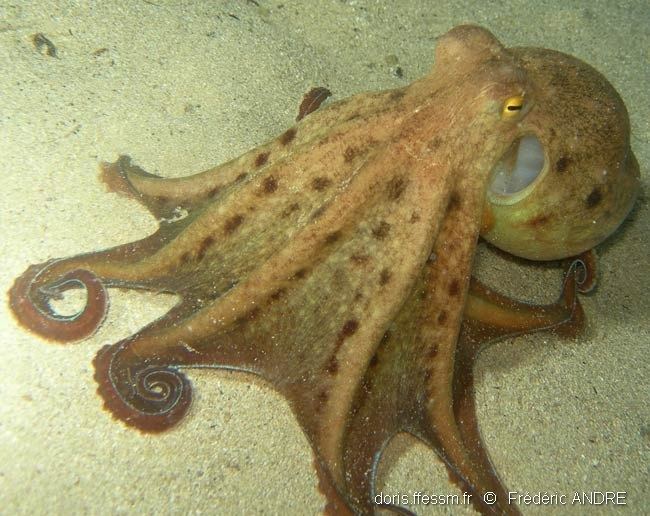 | ||
Similar Eledone, Octopus, Molluscs, Curled octopus, Cephalopod | ||
Eledone moschata, the musky octopus, is a species of octopus that lives in the Mediterranean Sea. It grows up to 740 mm (29 in) long, and feeds on a wide range of crustaceans, molluscs and fish.
Contents
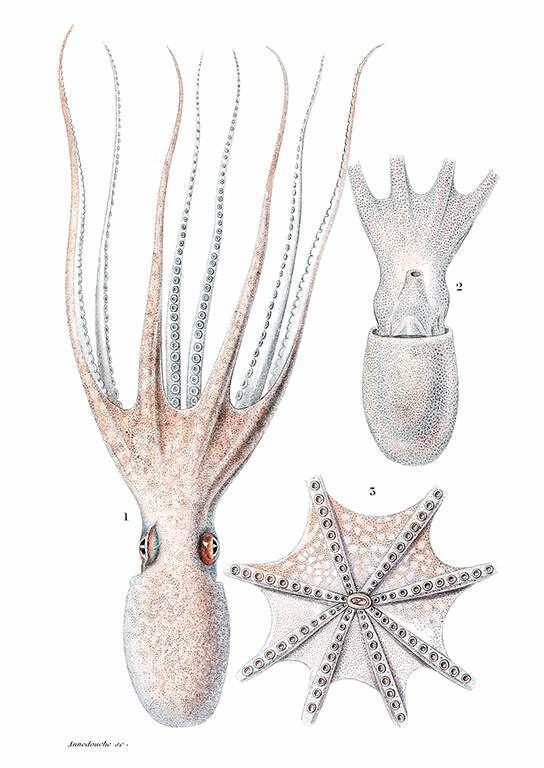
Distribution
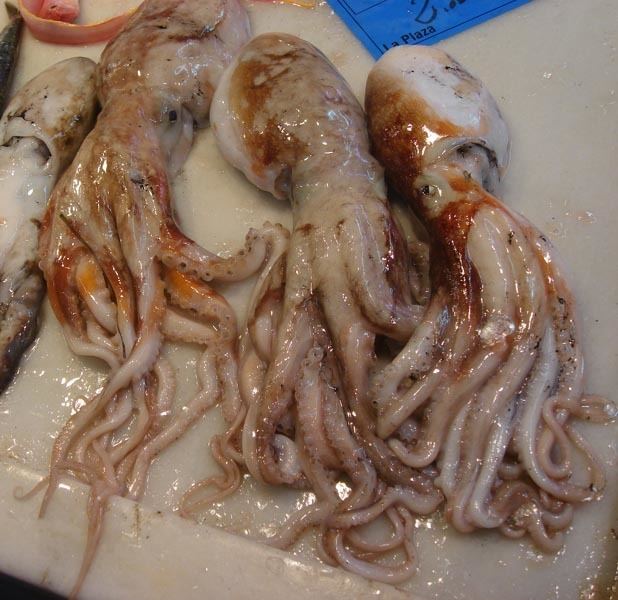
Eledone moschata is found throughout the Mediterranean Sea, and is occasionally found in adjacent parts of the Atlantic Ocean, around the Gulf of Cadiz and off the coast of Portugal.
Description
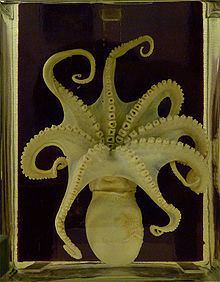
The largest recorded musky octopus was a male with a mantle length of 188 millimetres (7.4 in), a total length of 740 mm (29 in) and a mass of 1,414 grams (3.1 lb), caught in the Gulf of İzmir (Gulf of Smyrna), in the Aegean Sea. It is closely related to the horned octopus, Eledone cirrhosa, but can be distinguished by a number of features; for example, E. moschata has smooth skin and smells of musk, while E. cirrhosa has warty skin and no musky odour.
Ecology
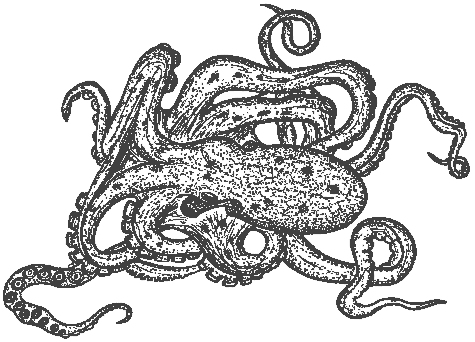
E. moschata feeds on a wide variety of crustaceans, molluscs and fish. Crustaceans are preferred, and species known to be eaten by E. moschata include Maja squinado, Maja crispata, Macropodia rostrata, Macropodia longirostris, Pisa tetraodon, Dorippe lanata, Lisa chiragra, Lambrus angulifrons, Lambrus massena, Inachus dorsettensis, Carcinus aestuarii, Pachygrapsus marmoratus, Xantho poressa, Pilumnus hirtellus, Goneplax rhomboides, Pagurus prideauxi, Ilia nucleus and Squilla mantis; molluscs consumed by E., moschata include Clamys varia, Mytilus galloprovincialis, Sepia orbigniyana, Illex coindeti, Loligo subulata; E. moschata also eats the fish Engraulis encrasicolus, Sardina pilchardus, Mullus barbatus, Diplodus annularis, Merluccius merluccius, Merlangius merlangus, Lepidotrigla cavillone, Trachurus trachurus and Trisopterus minutus.
Taxonomy
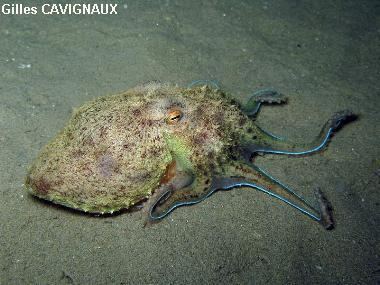
The skin of the single specimen of Eledone microsicya is very similar to the skin of Eledone moschata and some authorities take the view that E. microsicya is not a valid taxon and represents a Red Sea population of the otherwise Mediteraranean E. moschata with which it should synonymised.
